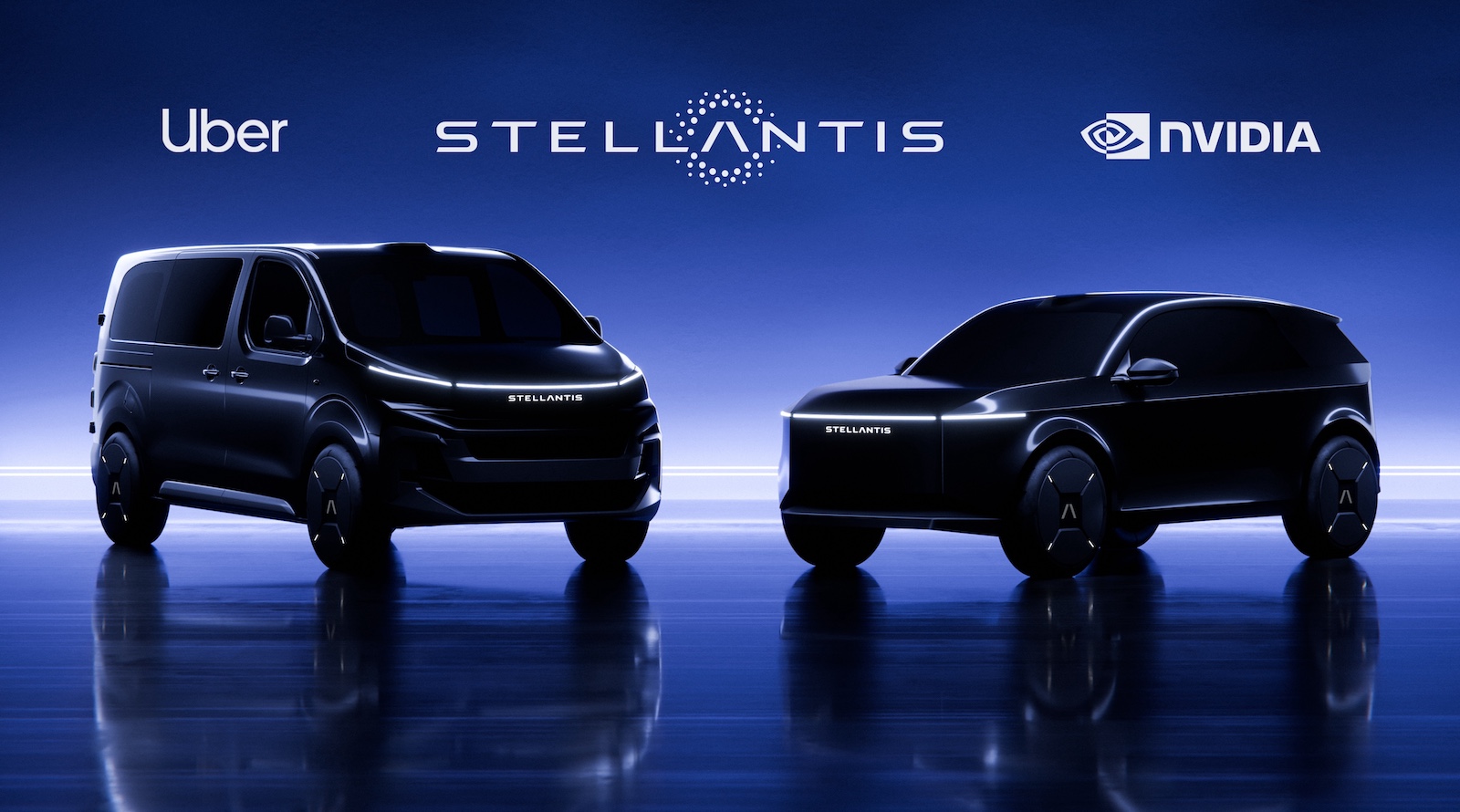Support CleanTechnica’s work through a Substack subscription or on Stripe.
Uber has been big on the idea of robotaxis for several years. Remember when former CEO and founder Travis Kalanick wanted to buy half a million robotaxis from Tesla? But the company has made a big step forward on this matter this week. Partnering with NVIDIA and Stellantis, they are looking to accelerate development in this arena. (Who isn’t these days?) The goal at the moment is to get to 5,000 fully self-driving vehicles — but a timeframe for that goal is not indicated.
“Uber Technologies, Inc. (NYSE: UBER) today announced it is working with NVIDIA to accelerate the next generation of robotaxi and autonomous delivery fleets using NVIDIA AI Architecture. Through this partnership, Uber plans to greatly expand its global autonomous fleets,” Uber wrote earlier this week.
“These vehicles will be developed in collaboration with NVIDIA and other Uber ecosystem partners, using the latest upgrades to the NVIDIA DRIVE AGX Hyperion autonomous vehicle platform with the safety-certified NVIDIA DriveOS operating system and full-stack NVIDIA DRIVE AV software, purpose-built for Level 4 autonomy.”
NVIDIA had its own announcement about this partnership and its ongoing tech leadership. “NVIDIA is the backbone of the AI era, and is now fully harnessing that innovation to unleash L4 autonomy at enormous scale, while making it easier for NVIDIA-empowered AVs to be deployed on Uber,” said Dara Khosrowshahi, CEO of Uber. “Autonomous mobility will transform our cities for the better, and we’re thrilled to partner with NVIDIA to help make that vision a reality.”
The companies both note that they are working with several other companies on the ongoing development of self-driving technology. They include: Aurora, Avride, May Mobility, Momenta, Motional, Nuro, Pony.ai, Waabi, Wayve, and WeRide. This also includes working on self-driving trucks and other delivery vehicles.
With all of these companies working together, as well as with others, and then companies like Waymo, Baidu’s Apollo Go, Tesla, Amazon’s Zoox, and others out there, robotaxi development is clearly heating up … and perhaps getting crowded.
For now, though, here’s a bit more on the partnership between NVIDIA and Uber:
“Building on their prior partnership, NVIDIA and Uber are also working on a robotaxi data factory, powered by the NVIDIA Cosmos platform for physical AI.
“To support these efforts, Uber will collect more than 3 million hours of rich, robotaxi-specific driving data to fuel L4 model training and validation. NVIDIA will provide GPUs, Cosmos, and associated tools for data curation, search, simulation, and continuous improvement of autonomy stacks.
“Together, these capabilities form a powerful data engine—spanning ingestion, labeling, scenario mining, synthetic data generation, and large-scale training—that aims to shorten the path from pilot to profitable autonomy deployment.”
Who is going to win in this aggressive, data-crazy, AI-powered self-driving world? Are Uber and NVIDIA (and Stellantis and others) a match made in heaven? Or are they behind the competition and can’t catch up?
For that matter, are there going to be any winners? Or could there be many winners, but no monopolistic winners? Perhaps there will be various companies operating robotaxis and self-driving delivery vehicles at low margins. What do you think?
Sign up for CleanTechnica’s Weekly Substack for Zach and Scott’s in-depth analyses and high level summaries, sign up for our daily newsletter, and follow us on Google News!
Have a tip for CleanTechnica? Want to advertise? Want to suggest a guest for our CleanTech Talk podcast? Contact us here.
Sign up for our daily newsletter for 15 new cleantech stories a day. Or sign up for our weekly one on top stories of the week if daily is too frequent.
CleanTechnica uses affiliate links. See our policy here.
CleanTechnica’s Comment Policy


